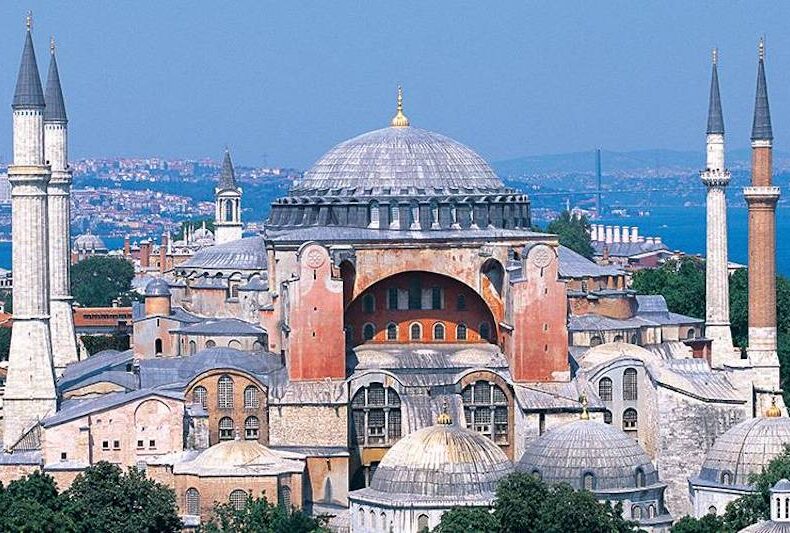
Hagia Sophia in Crisis: “A 1,500-Year-Old Legacy on the Brink of Collapse”
Experts Sound the Alarm: “This is no longer a mosque or museum—it’s an emergency site”
Built by the order of Byzantine Emperor Justinian I in 537 AD, Hagia Sophia has stood at the heart of Istanbul for nearly 1,500 years. Originally constructed as a cathedral, later converted into a mosque, then a museum, and once again a mosque in recent years—Hagia Sophia is not merely a building. It is a monumental testimony to layered civilizations, religious coexistence, and architectural mastery.
A UNESCO World Heritage Site since 1985, Hagia Sophia has long symbolized the cultural intersection of East and West. But behind the glory, its foundations are shaking—literally. From prominent historians and archaeologists to tour guides and art experts, voices are growing louder: “Hagia Sophia is in danger, and urgent structural restoration is no longer optional—it’s essential.”
Prof. İlber Ortaylı: “No one should enter Hagia Sophia—not even for prayer”
Celebrated historian Prof. Dr. İlber Ortaylı warns that Hagia Sophia is now structurally unsafe:
“The ground beneath it is hollow. There are tunnels, voids, and it needs a serious restoration. Nothing significant has been done structurally since Mimar Sinan reinforced it in the 16th century. If this continues, the floor could collapse. We would bear enormous responsibility on the world stage.”
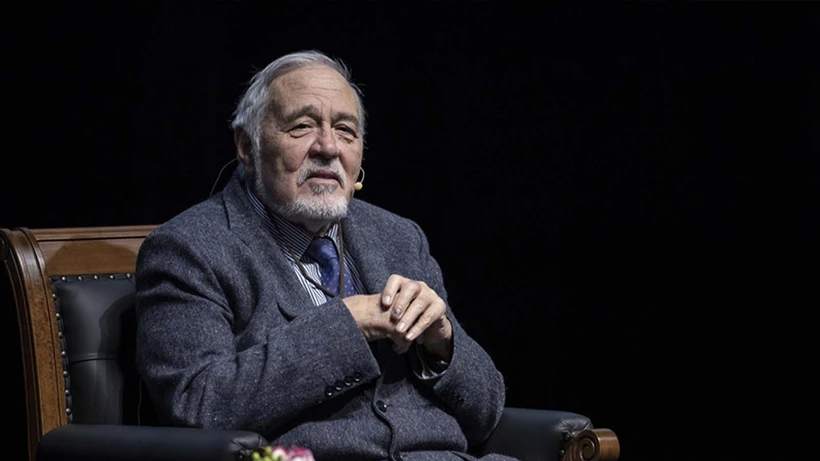
“Hagia Sophia is no longer structurally fit for use. Its foundations are hollow and the risk is serious. Before collapse comes, science—not sentiment—must lead the way.”
Ortaylı goes on to say that even religious functions should be halted:
📣 Our WhatsApp channel is now LIVE! Stay up-to-date with the latest news and updates, just click here to follow us on WhatsApp and never miss a thing!!
“If you want to pray, go to Süleymaniye or the Blue Mosque. Hagia Sophia is not structurally safe for any use—religious or touristic.”
Nezih Başgelen: “Hagia Sophia must be monitored like an elderly patient”
Archaeologist and cultural heritage expert Nezih Başgelen describes Hagia Sophia as one of the world’s most unique architectural wonders:
“It was long referred to as ‘singulariter in mundo’—one of a kind in the world. Its structural and artistic value qualifies it as a ‘site of outstanding universal value.’ We must urgently adopt a new, rational management model that prioritizes scientific oversight.”
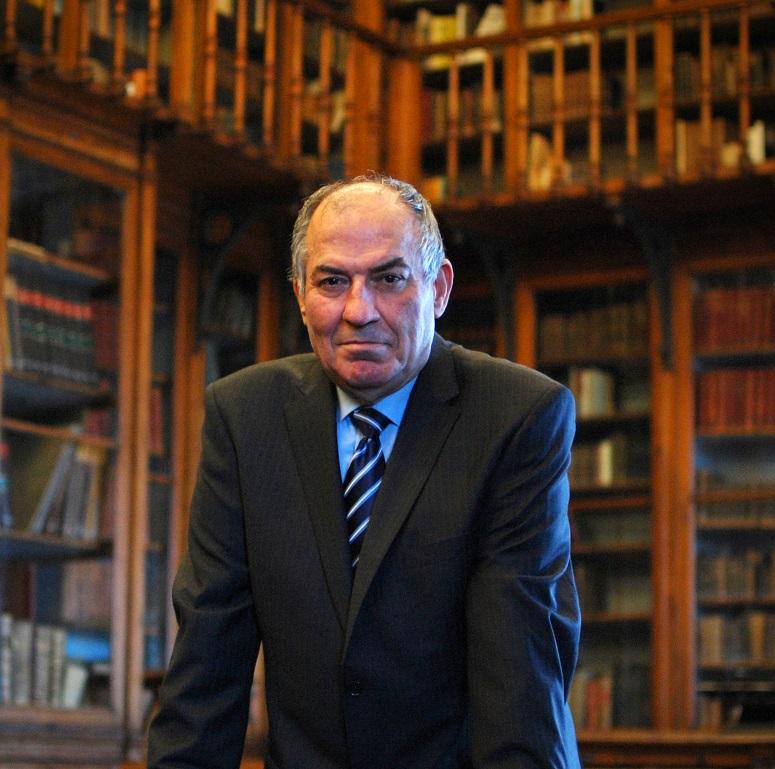
“Hagia Sophia must be monitored like an elderly patient—constantly, carefully, and by experts. Its universal value demands transparent and science-based protection.”
Başgelen emphasizes the importance of protecting the site’s mosaics, especially the Deesis mosaic, a masterpiece of medieval Christian art:
“The entire structure—inside and out—should be under 24/7 surveillance. Decisions about the building should be transparent and open to public and international scrutiny.”
Tour Guide (anonymous): “Are we border agents at the gates of civilization?”
A local professional tour guide, who prefers to remain anonymous, reveals shocking details about the site’s current management:
“Non-Muslims are denied access to the mosque section. That kind of religious screening is only practiced in places like Morocco. This violates Türkiye’s secular constitution.”
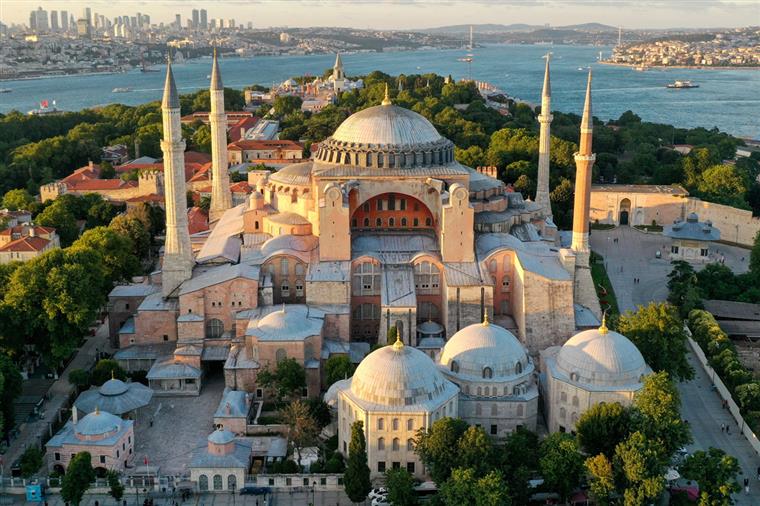
He recounts a recent incident involving a Greek-German tourist:
“She asked, ‘Do you ask Muslims about their religion when they visit Cologne Cathedral? Isn’t this a secular country?’ We were speechless.”
Tourists pay €25 for an incomplete and uninformed experience, as guides cannot speak during the visit due to loud Quran recitations.
“Visitors can’t even see the dome properly. The ground is cracked, pillars are misaligned, and the upper gallery clearly shows signs of decay. After a recent 6.5 magnitude earthquake, the building was evacuated immediately. That tells you everything.”
Gürol Sözel: “We look at Hagia Sophia through a cash register lens”
Art historian and painter Gürol Sözel criticizes the commercialization and politicization of cultural heritage:
“This land has handed us its 12,000-year-old legacy on a golden tray. Yet we treat it like a turnstile at the gates of civilization. We quote Rumi and Keykavus, but we’ve learned nothing.”
He adds:
“You can’t protect sacred heritage without knowledge, humility, and care. These are not just stones; they are living memories.”
Conclusion: We’re running out of time
All voices point to the same reality—Hagia Sophia is not currently fit for public use. Whether for worship or tourism, its continued exposure threatens not only the structure itself but also the global cultural legacy it represents.
To lose Hagia Sophia would be to lose part of human civilization.
Note: The expert opinions featured in this article are based on interviews originally published in Cumhuriyet Newspaper and conducted by journalist Öznur Oğraş Çolak.
You may also like
- A 1700-year-old statue of Pan unearthed during the excavations at Polyeuktos in İstanbul
- The granary was found in the ancient city of Sebaste, founded by the first Roman emperor Augustus
- Donalar Kale Kapı Rock Tomb or Donalar Rock Tomb
- Theater emerges as works continue in ancient city of Perinthos
- Urartian King Argishti’s bronze shield revealed the name of an unknown country
- The religious center of Lycia, the ancient city of Letoon
- Who were the Luwians?
- A new study brings a fresh perspective on the Anatolian origin of the Indo-European languages
- Perhaps the oldest thermal treatment center in the world, which has been in continuous use for 2000 years -Basilica Therma Roman Bath or King’s Daughter-
- The largest synagogue of the ancient world, located in the ancient city of Sardis, is being restored

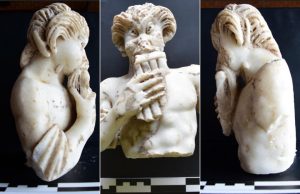
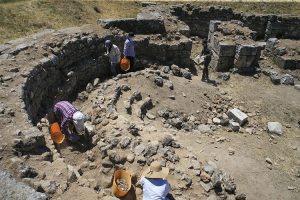
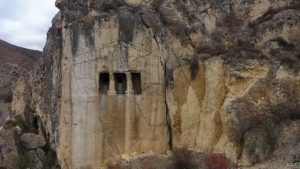
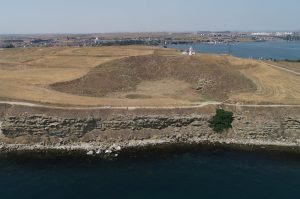
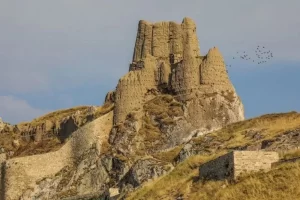
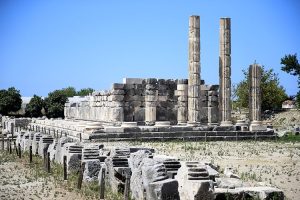


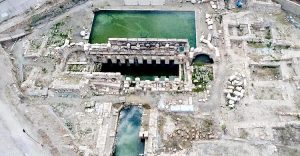
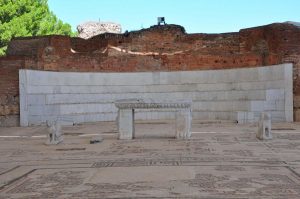
Leave a Reply